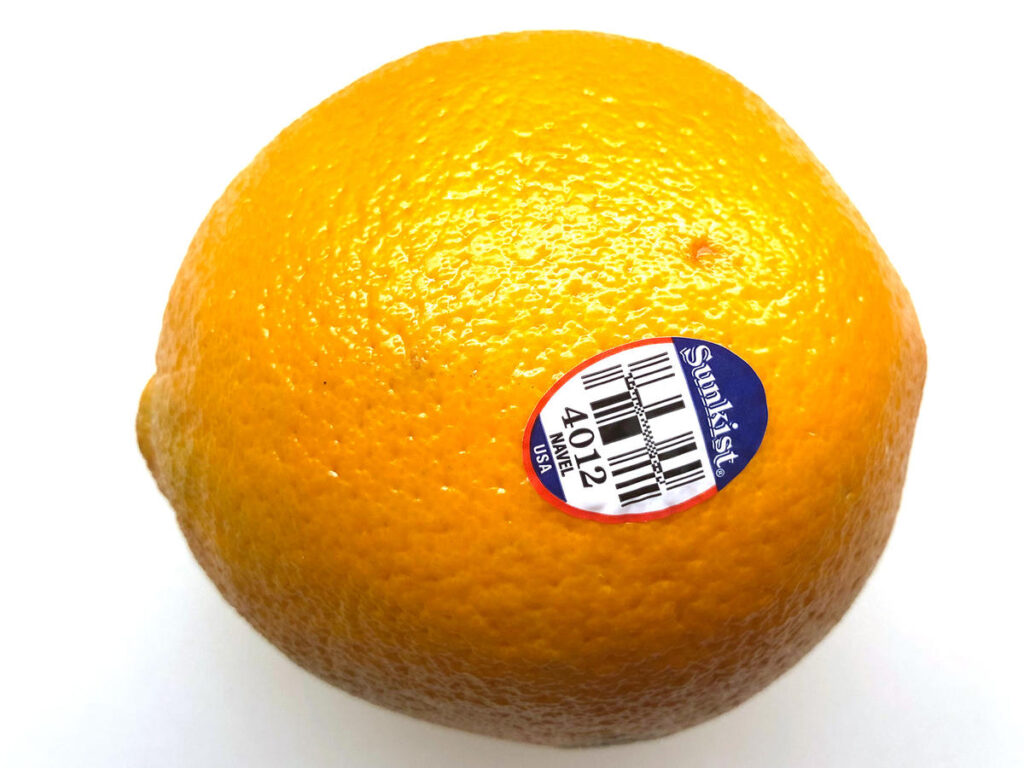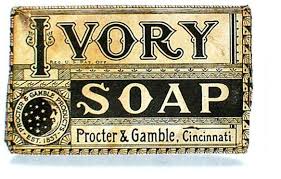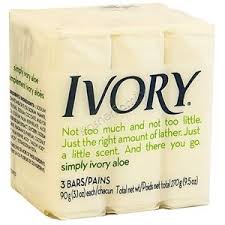Labeling

The label can be a simple attached tag or an elaborately designed graphic that is part of the package. A label performs several functions.
First, it identifies the product or brand—for in-stance, the name Sunkist stamped on oranges. It might also grade the product; canned peaches are grade-labeled A, B, and C.
The label might describe the product: who made it, where and when, what it contains, how it is to be used, and how to use it safely.
Finally, the label might promote the product through attractive graphics.
Labels eventually need freshening up. The label on Ivory soap has been redone at least 18 times since the 1890s, with gradual changes in the size and design of the letters. Legal and regula-tory requirements must also be considered. For example, processed foods must carry nutritional labeling that clearly states the amounts of protein, fat, carbohydrates, and calories as well as vita-min and mineral content as a percentage of the recommended daily allowance



